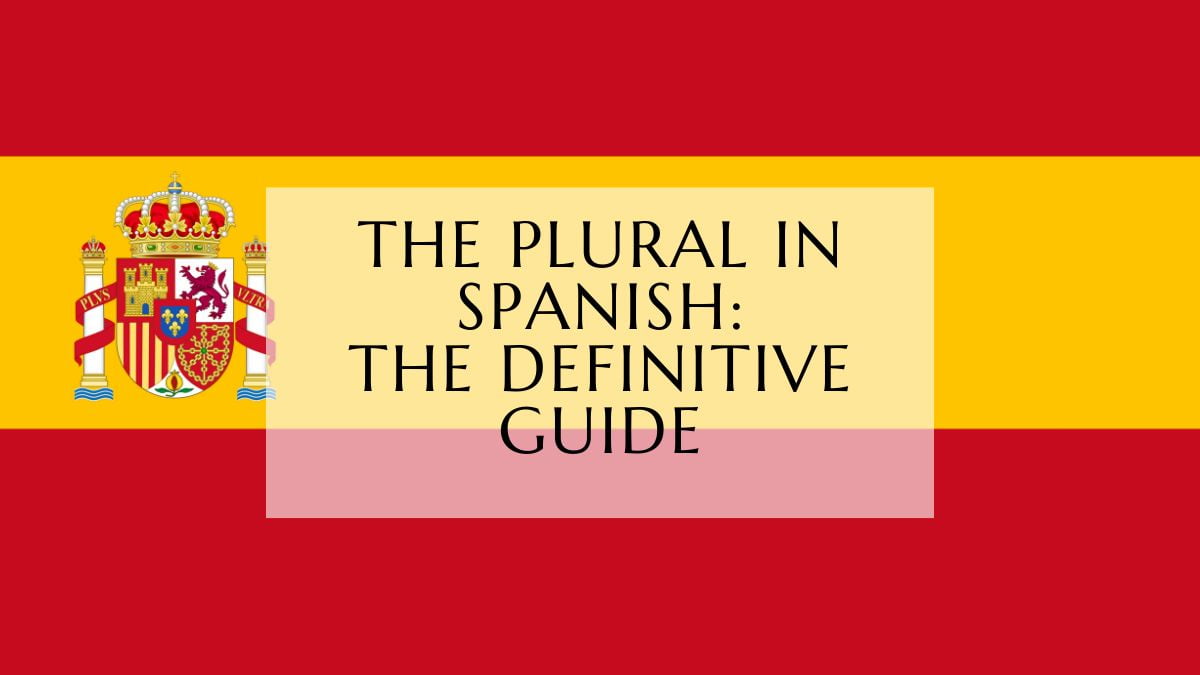In this lesson, we will talk about the plural in Spanish, how to easily form it (no matter the ending of the noun), followed by examples.

We use the plural when talking about more than one of a given noun, and as in English, nouns in Spanish change their form in the plural, and the adjective, article and pronoun used are also affected.
The plural form depends on the endings, in this guide we will talk about the main forms.
Form 1: Words ending in a vowel which doesn’t have an accent: add “s”
Examples:
- El hombre – los hombres
- La gata – las gatas
- El libro – los libros
- La mesa – las mesas
Form 2: Words ending in a consonant: add “es”
Examples:
- El professor – los profesores
- El mes – los meses
- La flor – las flores
Note: you can practice what you’ve learned here, and learn how to pronounce each of the words in our Memrise course here, don’t know how to use the platform or sign up? we’ve got you covered in this easy-to-follow tutorial here.
Form 3: Words ending in “z”: replace “z” with “c” and add ”es”
Examples:
- La luz – las luces
- El juez – los jueces
Form 4: Foreign words
For some foreign words that come from English for example, and ending in a consonant, add “s”
Example: el crac – los cracs
Form 5: words ending in “s” with an unstressed final
These nouns do not change in the plural
Examples:
- El lunes – los lunes
- El jueves – los jueves
Form 6: words ending in an accented vowel
To most words ending with an accented vowel, we add “s”, and these ending in í and ú they usually have two possible plural endings: -s and –es
Examples:
- El café – los cafés
- El marroquí – los marroquís or los marroquíes

Happy learning!
